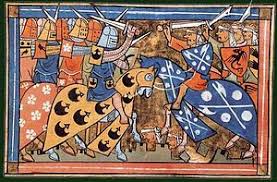This is very true (for #nCoV2019 & otherwise), and it's why I posted this graphic last week. [THREAD] 1/x
My colleagues & I found similar results with #MERS too. [ncbi.nlm.nih.gov/pmc/articles/P…].
6/x
Keep Current with Dr. Maia Majumder
This Thread may be Removed Anytime!
Twitter may remove this content at anytime, convert it as a PDF, save and print for later use!

1) Follow Thread Reader App on Twitter so you can easily mention us!
2) Go to a Twitter thread (series of Tweets by the same owner) and mention us with a keyword "unroll"
@threadreaderapp unroll
You can practice here first or read more on our help page!





